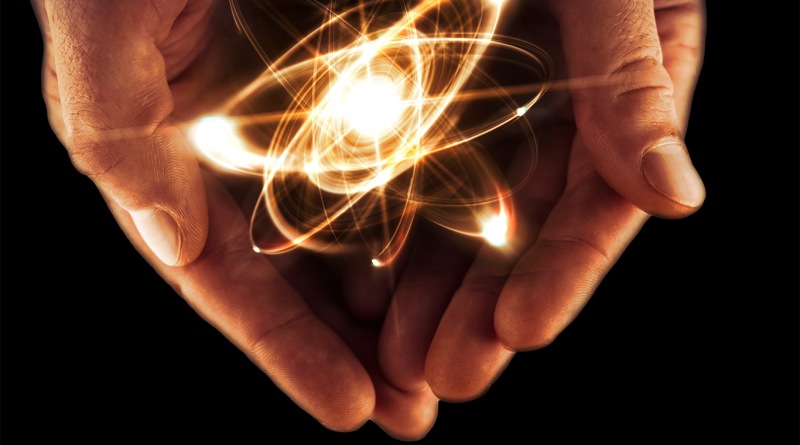OpenAI Invests in Nuclear Fusion
Data centers are the backbone of the digital economy, powering everything from social media to cloud computing. However, their energy consumption is vast and growing, contributing significantly to global carbon emissions. In response to these challenges, OpenAI, led by CEO Sam Altman, is exploring the use of fusion power for its data centers. Fusion power, often considered the “holy grail” of energy sources, promises virtually limitless, clean energy. This initiative is not only a bold step towards sustainability but also a potential game-changer in the tech industry’s approach to energy consumption.
The Energy Demand of Data Centers
Data centers worldwide consume approximately 1% of global electricity, a figure projected to rise as digitalization continues to expand. Traditional data centers rely heavily on fossil fuels, resulting in substantial carbon footprints. For instance, Amazon Web Services (AWS) recently acquired a nuclear-powered data center to meet its soaring energy needs, highlighting the industry’s move towards alternative energy sources. As AI and machine learning applications proliferate, the energy demand is expected to skyrocket, necessitating more sustainable solutions.
Fusion Power: The Future of Sustainable Energy
Fusion power mimics the processes occurring in the sun, where hydrogen nuclei fuse under extreme temperatures to form helium, releasing vast amounts of energy. Unlike traditional nuclear fission, fusion does not produce long-lived radioactive waste. Companies like Helion Energy are at the forefront of this technology, developing devices capable of creating and sustaining the superheated plasma necessary for fusion. Fusion power is still in its developmental stages, but significant progress has been made, with commercial plants projected to be operational within the next decade.
OpenAI’s Vision and Partnership
OpenAI’s collaboration with Helion Energy exemplifies its commitment to pioneering sustainable energy solutions. Helion’s upcoming fusion plant, supported by substantial investments from Sam Altman, aims to generate 50 megawatts of power by 2028. This partnership not only aligns with OpenAI’s goals but also sets a precedent for other tech giants to follow. The initiative is expected to reach several milestones, including the successful operation of Helion’s Polaris device, which will demonstrate the commercial viability of fusion power.
Implications for the Tech Industry
The adoption of fusion-powered data centers could revolutionize tech infrastructure, offering a sustainable alternative to the current reliance on fossil fuels. The potential benefits include significant reductions in carbon emissions, enhanced energy security, and long-term cost savings. However, challenges such as regulatory approvals, technological hurdles, and the need for robust infrastructure remain.Nevertheless, the successful implementation of fusion power could serve as a catalyst for broader adoption across various industries, heralding a new era of clean energy.
Sources:
- GeekWire on Helion’s Fusion Plant
- Data Center Dynamics on Microsoft and Helion
- MIT Technology Review on Helion’s Timeline
